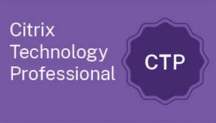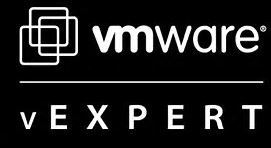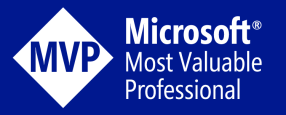If you’re a VMware administrator, chances are you’ve come to know and love the VMware vSphere C# client, often referred to as the thick client. For many, it is still the go to option, even with the introduction of the vSphere Web Client. Times are changing, and so is the way we’re going to manage VMware vSphere in the future. While any change in management tools does come with some administrative overhead, this is one change that is most certainly for the better.
The time has come for the C# client to ride off into the sunset. VMware announced it will not be available in the next version of vSphere on the VMware vSphere Blog. If you’re using vSphere 5.5 or vSphere 6.0, you can continue to use it on those platforms. In fact, there are some use cases where you don’t have much of a choice, including tasks like connecting directly to a host, or using Update Manager. If you’re running vSphere 6.0U1, you’re in luck. Update Manger is available in the Web Client starting with that release.
What’s Next for the vSphere Web Client
So what’s next for managing our vSphere environments? The vSphere Web Client? Well, not quite as you know it today. As you may or may not know, the vSphere Web Client as it exists today requires Adobe Flash Player. While Flash was (and still is in cases like this) one of the most predominant web content platforms, it also came with its own host of problems, mainly on the security front. Adobe Flash security exploits are almost a dime a dozen, and patches are often released requiring Flash Player to be updated. This is no easy task, especially across large enterprise organizations. Let’s face it, it isn’t even an easy task to keep your own Flash up to date on your personal computers. When managing a VMware vSphere environment with the vSphere Web Client, Flash becomes an even more critical component to organizations.
So what’s next then? If the answer to this management and security headache is to move away from Flash, what do we do next? Enter HTML5. Think of HTML5 as the Internet all grown up. It adds a host of features and functionality to a web environment, without all of the security risks of Flash.
VMware Flings
Enter VMware Flings. VMware Flings are created by VMware engineers and often add a whole new aspect to VMware infrastructures. For example, the ESXi Embedded Host Client offers a brand new way to connect to your VMware hosts, without using the C# thick client. Even better, what started as a Fling actually made it into the release VMware vSphere. Want to know about my favorite feature of the HTML5 ESXi Embedded Host Client? It is all about logs.
vSphere Web Client More to Know
The vSphere HTML5 Web Client also started as a fling. Reception was and adoption were both great, so great that 40% of those surveyed by VMware moved this Fling into production, according to the VMware vSphere Blog. Moving forward with this Fling not only benefits VMware administrators, but VMware as a whole. Besides mitigating the risks associated with Adobe Flash Player, VMware is also showing how very responsive they can be to customer needs and desires. What starts out as an engineer’s idea on the side can become an integral part of VMware vSphere, illustrated by both of these Flings. Flings also challenge VMware engineers to come up with new innovative ideas, and what engineer doesn’t love that.
What’s Next
What the next version of VMware vSphere will bring remains a mystery, but one thing is for sure. Ease of manageability is coming with the vSphere Web Client, and the days of the C# client are numbered. Look out for this new feature coming to a data center near you in the next version of VMware vSphere, or step into the future today by getting started with the vSphere HTML5 Web Client fling today.














Just wanted chime in and say that Update Manager (VUM) is actually available in the Web Client in vSphere 6.0U1 as well.
We haven’t done a good job publicizing this so if you can update that part of that would be great!
Thanks, Dennis! I will update the article to reflect that.